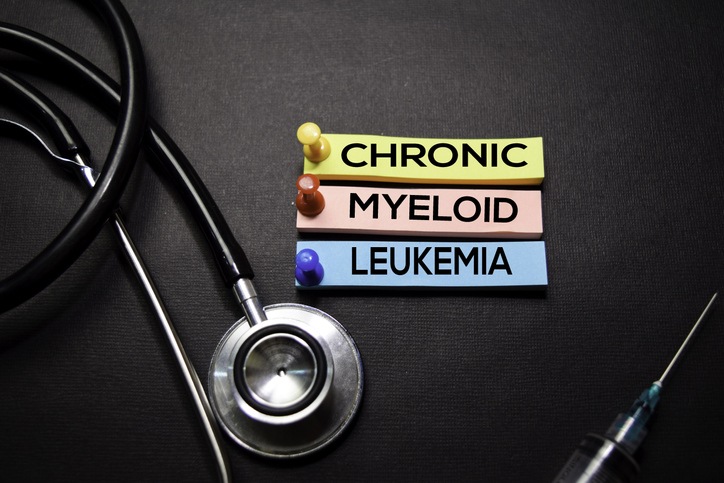
A rational and cost-effective treatment for patients with polycythemia vera (PV) might be a combination therapy of hydroxyurea (HU) and interferon-alpha2 (IFN), according to a study presented at the 12th International Congress on Myeloproliferative Neoplasms.
In this study, researchers assessed 29 PV patients who were followed in the Danish randomized trial (DALIAH) to compare the efficacy of IFN versus HU in patients older than 60. To present a detailed description of the kinetics of JAK2V617F, they used serial measurements of JAK2V617F, and correlation analyzes of routine hematological values (Hb-concentration, leukocyte count, platelet count, lactic dehydrogenase).
The results of the study showed that treatment response patterns varied. The researchers noted that in many patients, HU treatment was initially associated with a modest decline in the JAK2V617F allele burden in conjunction with a decline in leukocyte and platelet counts. However, HU failed to prompt a sustained and continuous decrease in the JAK2V617F allele burden in any patient, unlike patients treated with IFN. Moreover, the researchers observed that HU treatment also failed to induce a sustained normalization of elevated leukocyte and platelet counts, although most patients displayed normalized counts during the first months of therapy.
The study authors wrote in their conclusion that: “Using data-driven analysis of the JAK2V617F allele burden, leukocyte and platelet kinetics during treatment with HU, we have shown that HU does not induce a sustained decrease in the JAK2V617F allele burden and neither induces sustained normalization of elevated cell counts in PV patients. Our results may explain why PV patients during treatment with HU still have a substantially increased risk of thrombosis.”
They added that based on the findings, “a rational and cost-effective treatment might be a combination therapy of HU and IFN, both being used for decades in the treatment of PV but according to the findings in our studies now being proposed to be combined in the initial treatment period, since their combined effects might be highly efficacious and are foreseen to have the potential to minimize the risk of thrombosis and bleeding.”
Skov V, et al. Superiority of IFN vs. HU Using a Novel Biomarker-Based Tool for Assessment of Disease Burden in MPNs. Presented at the 12th International Congress on Myeloproliferative Neoplasms; October 24-25, 2019; New York, NY.







 © 2025 Mashup Media, LLC, a Formedics Property. All Rights Reserved.
© 2025 Mashup Media, LLC, a Formedics Property. All Rights Reserved.